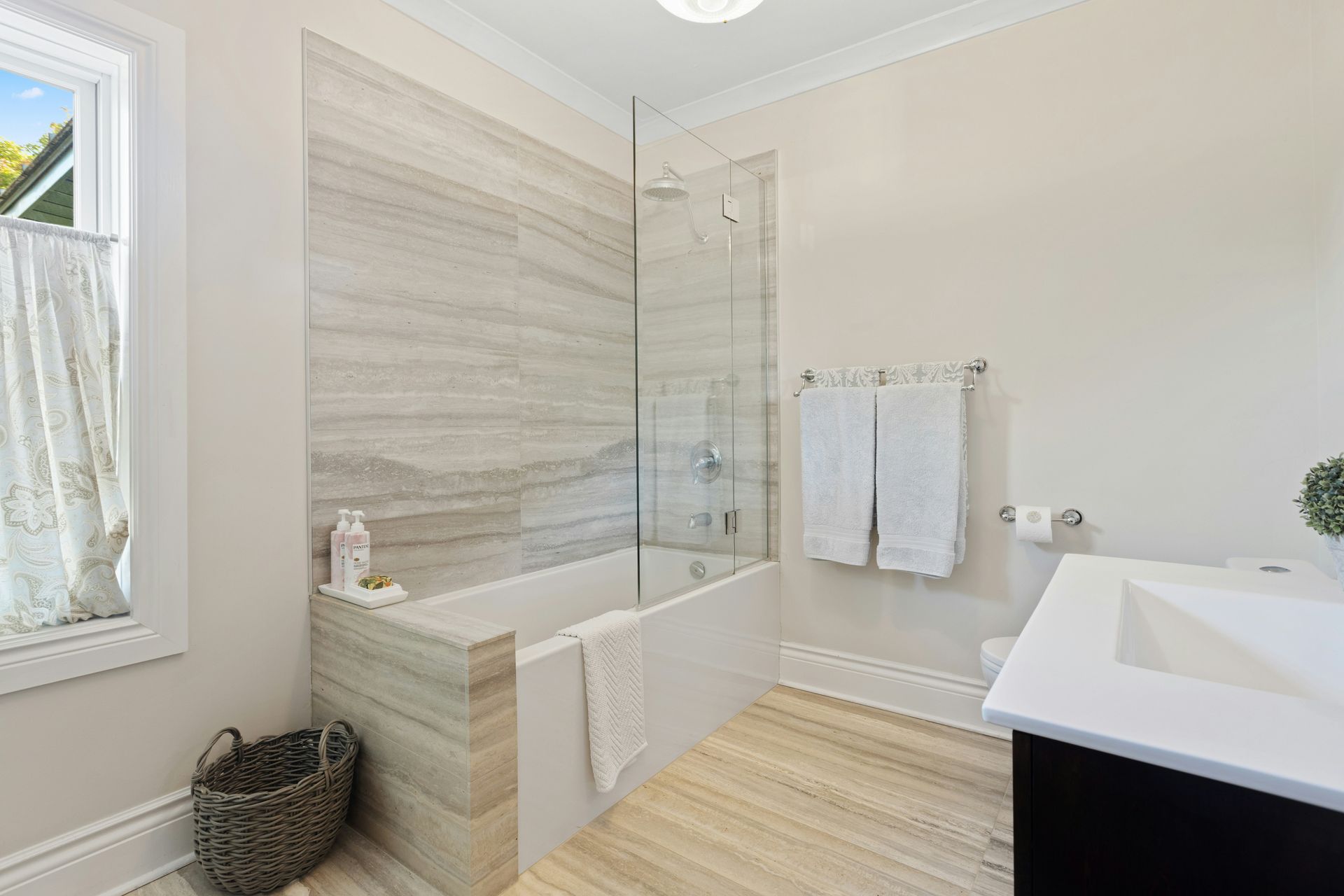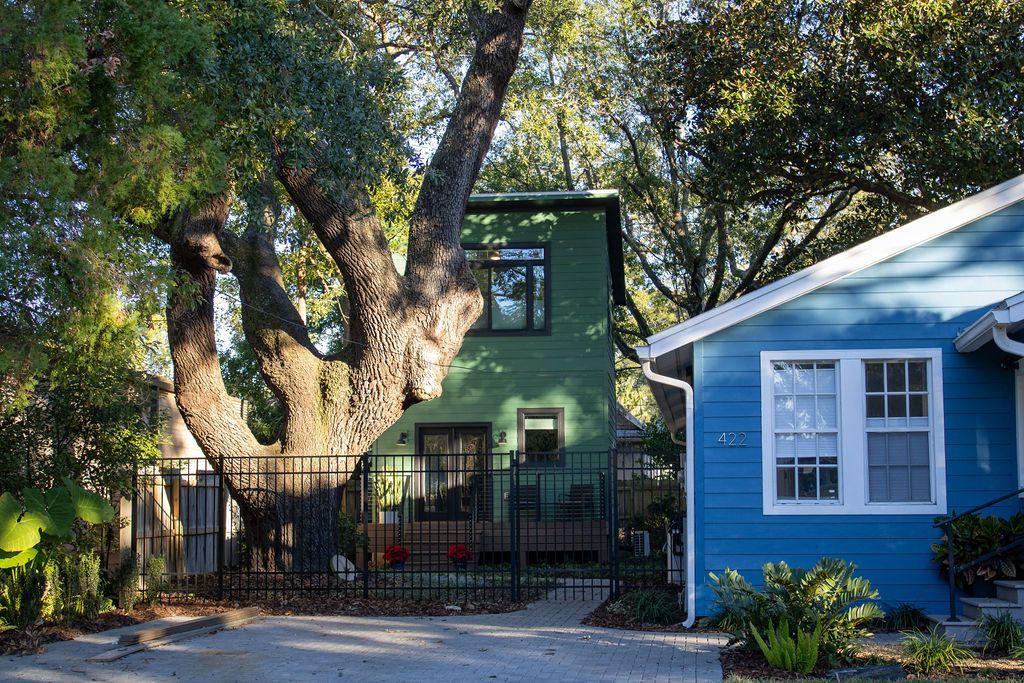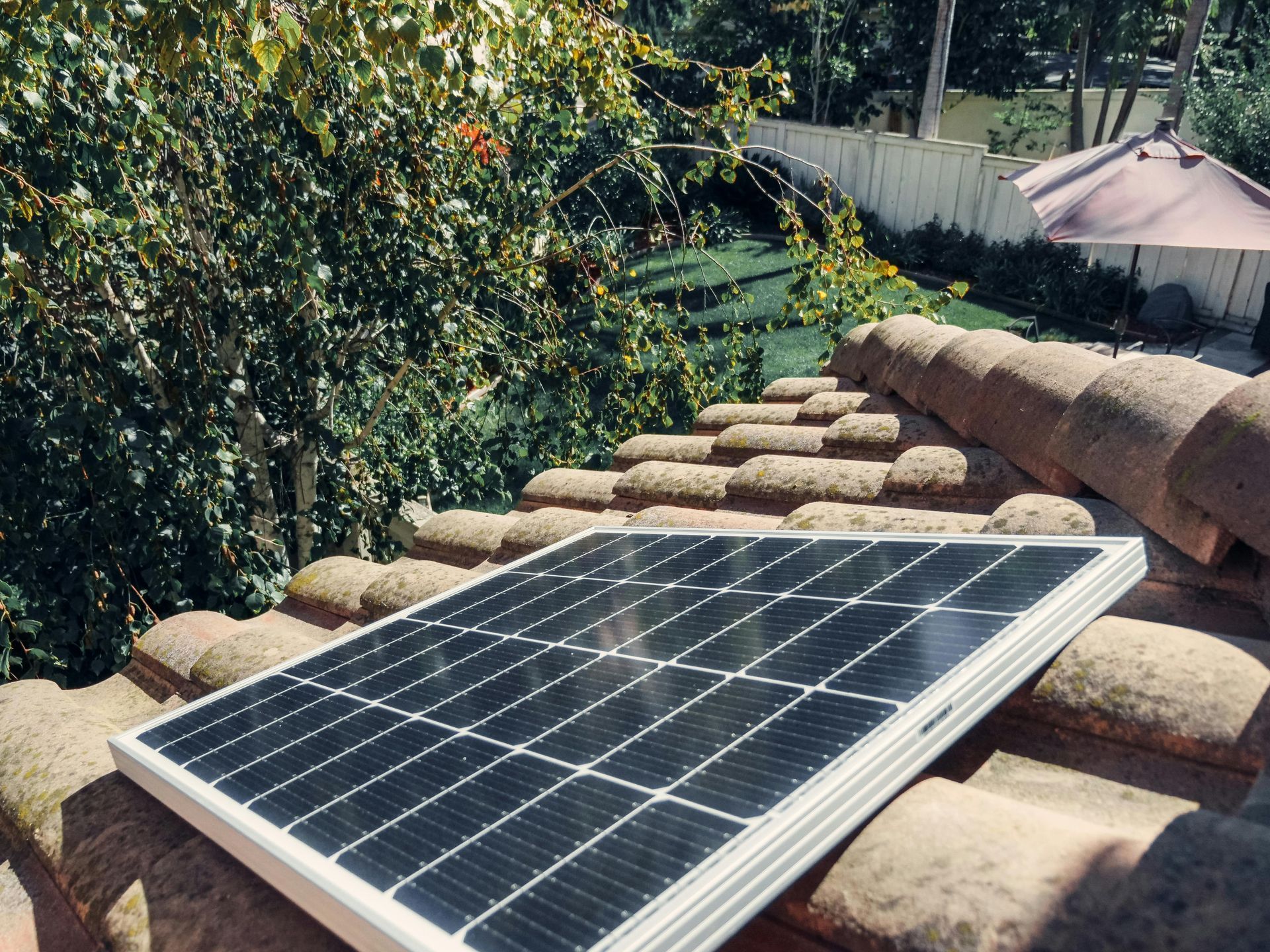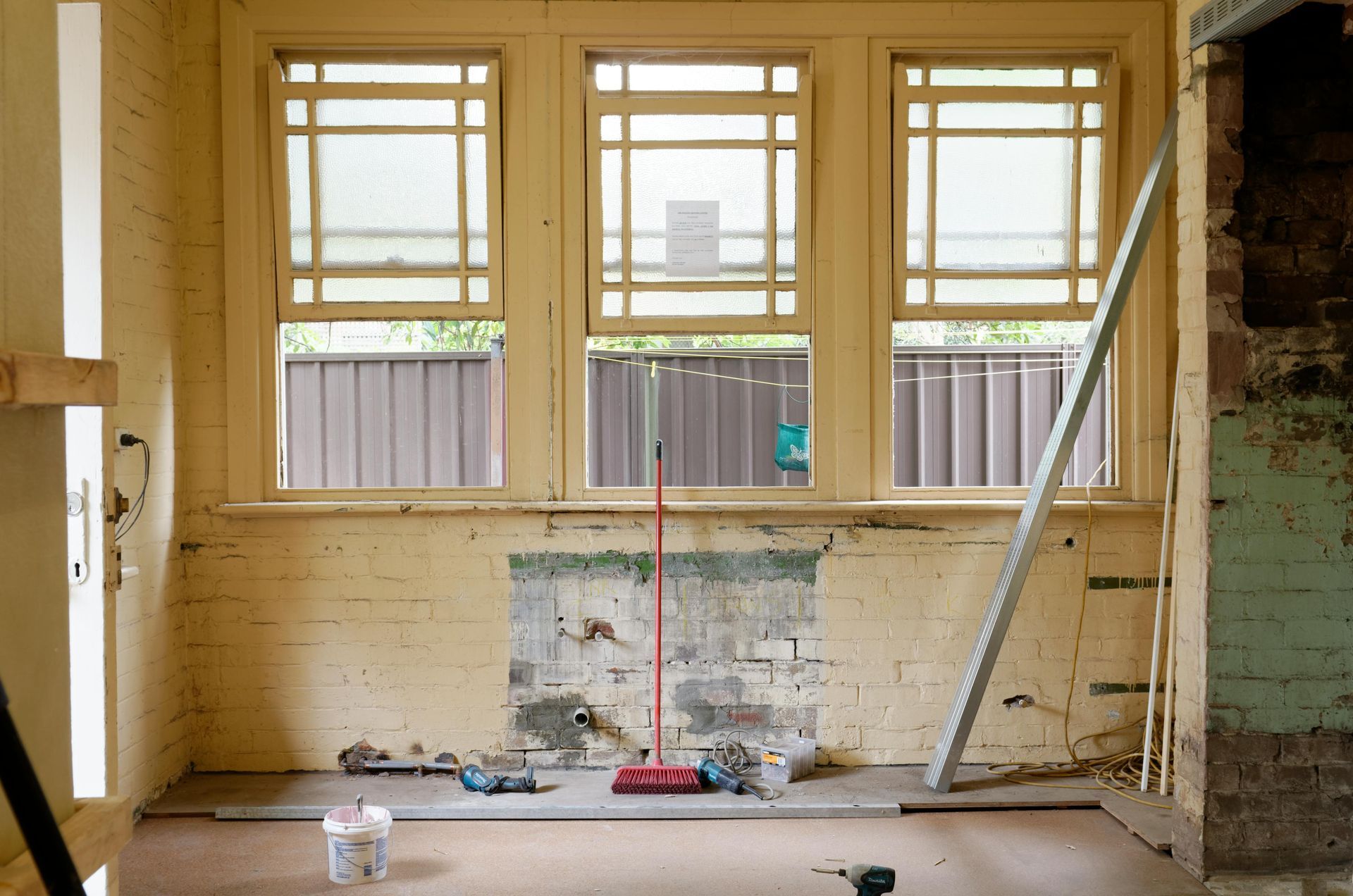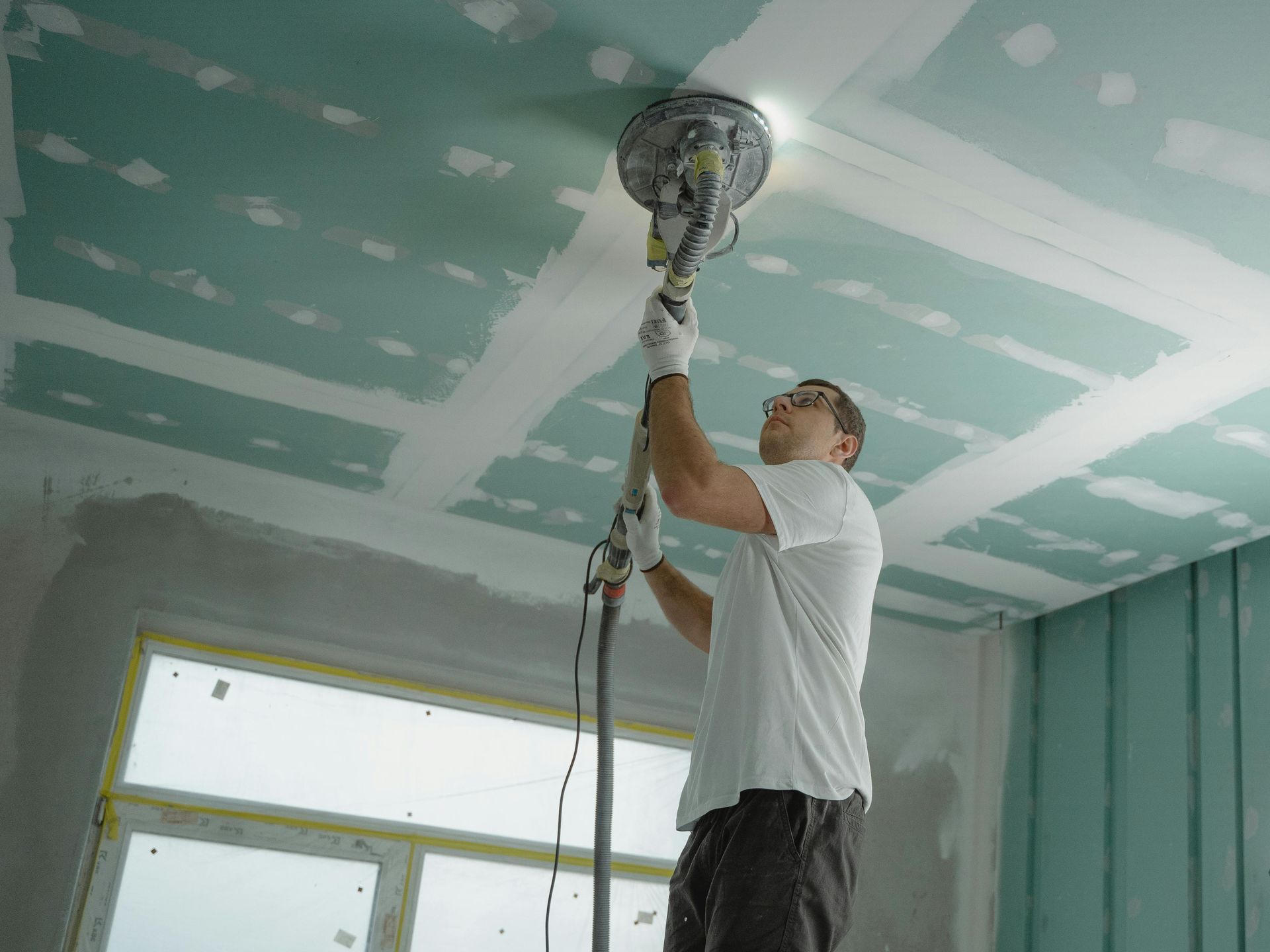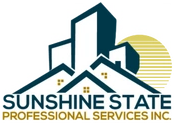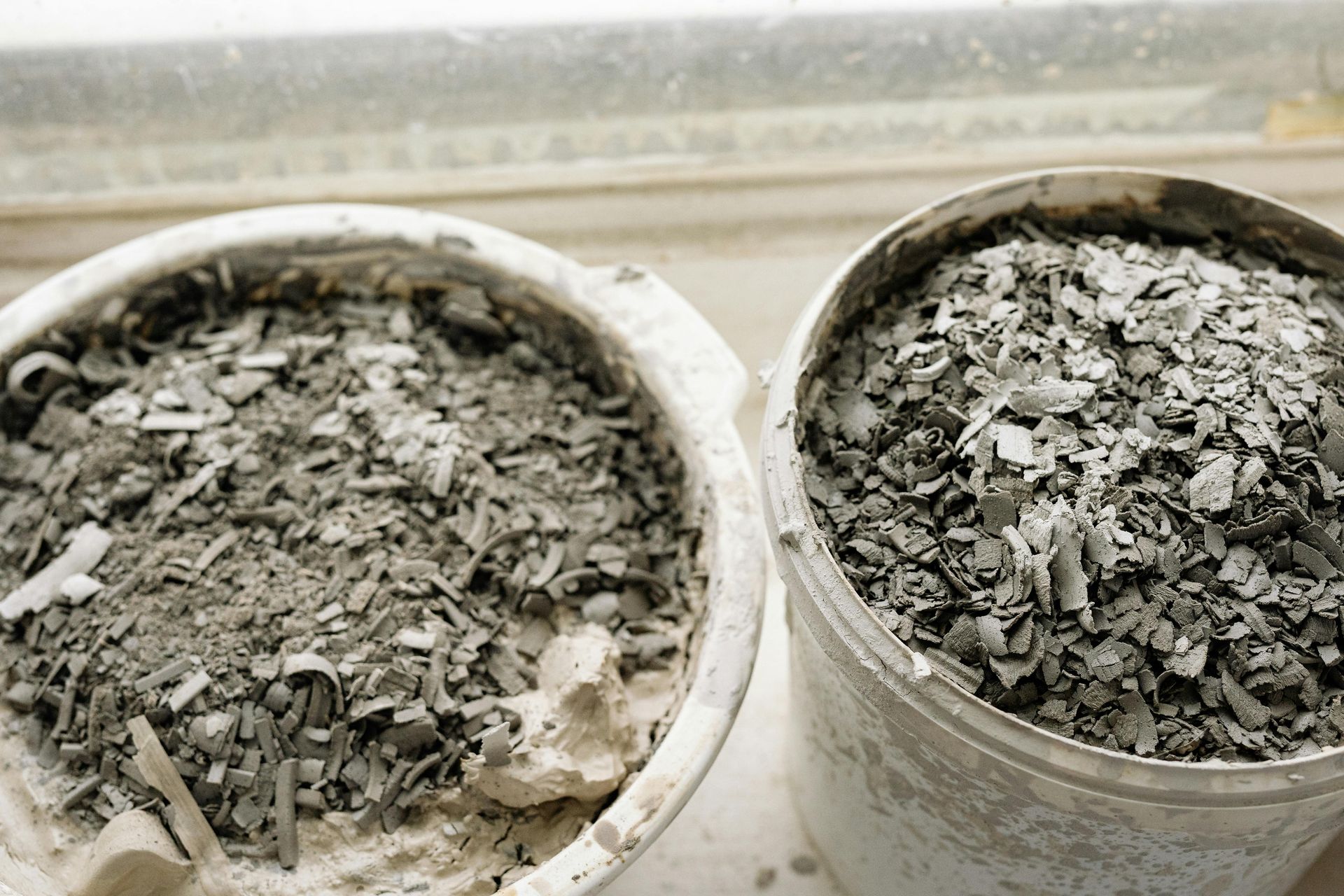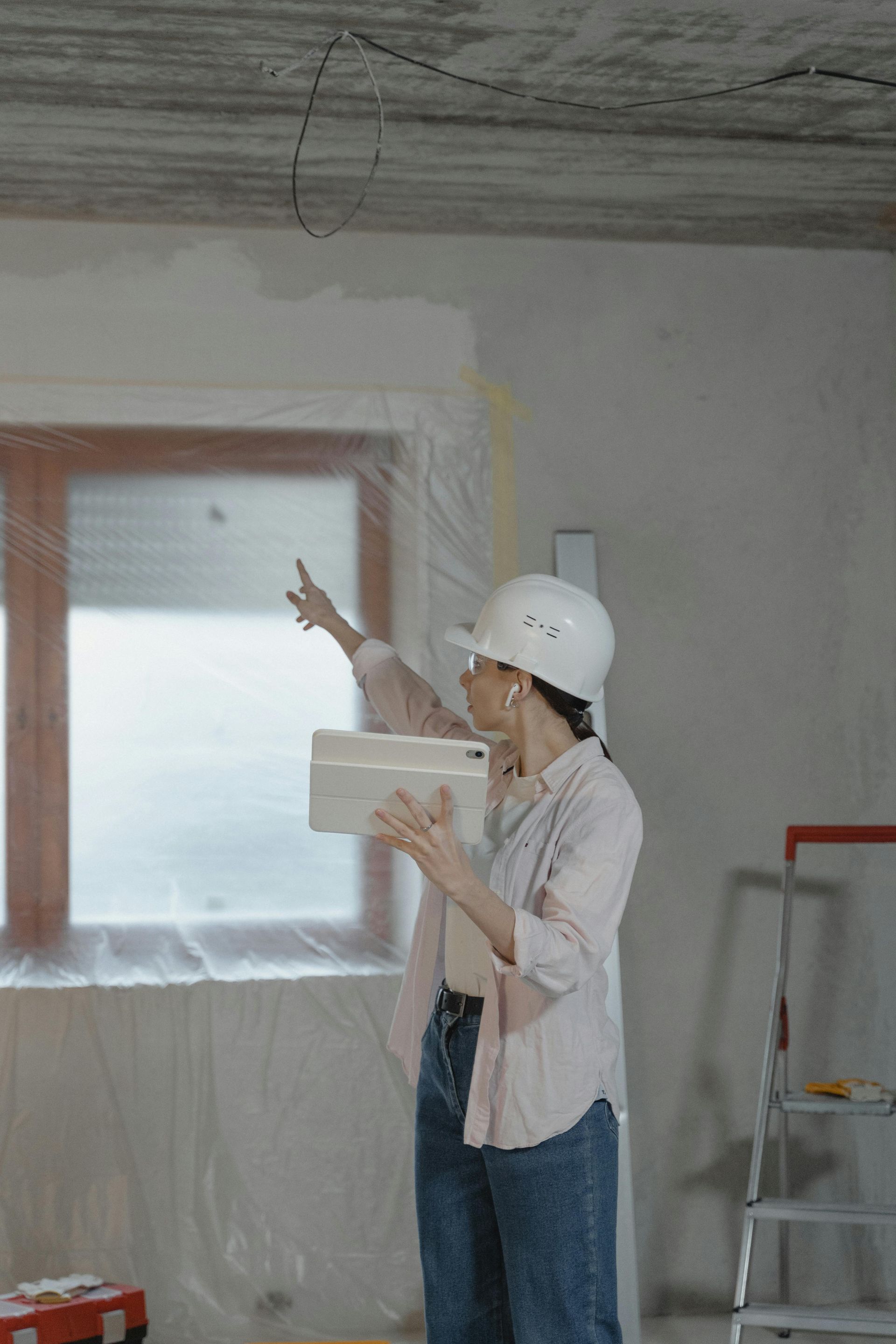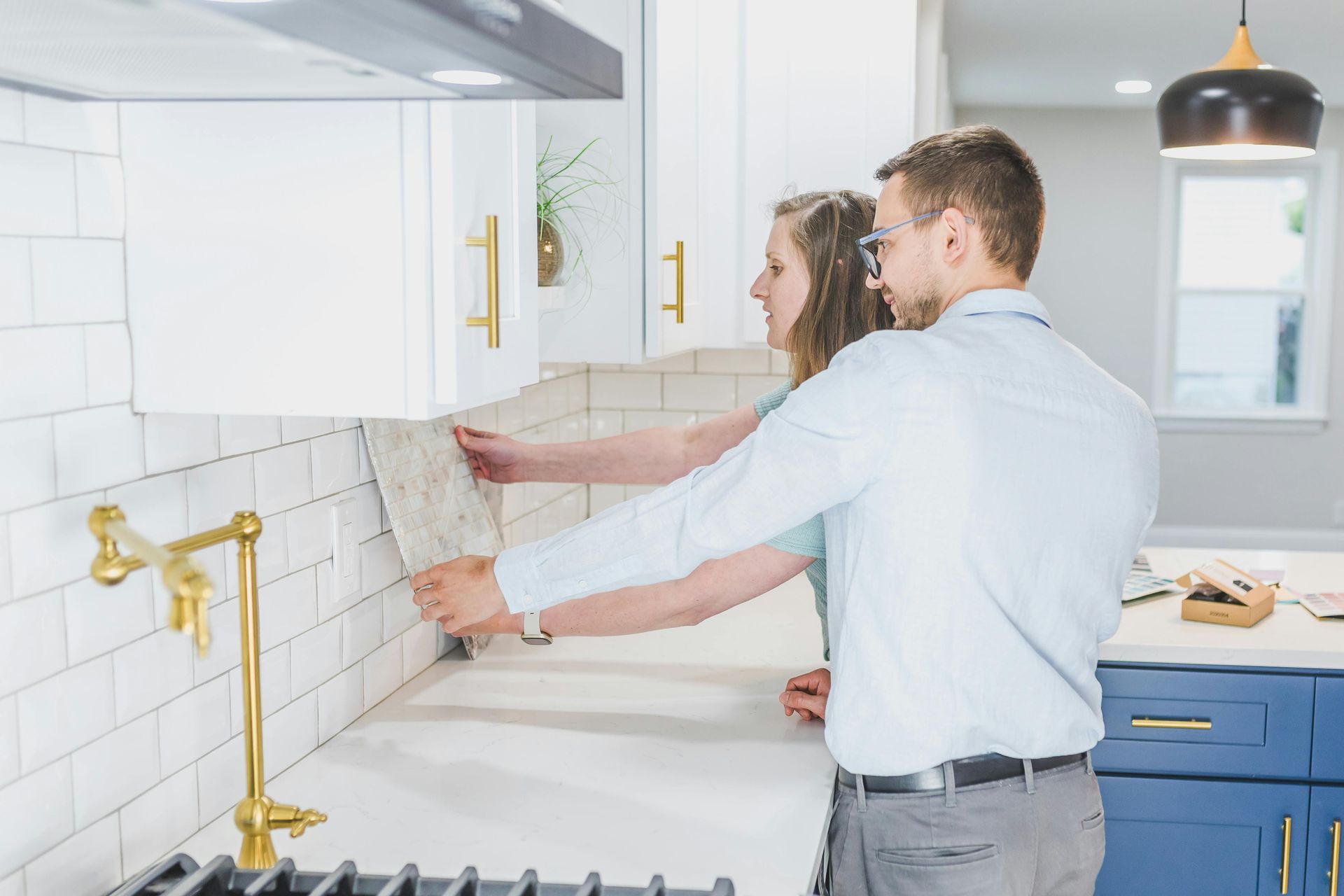How to Handle Mold Remediation Safely
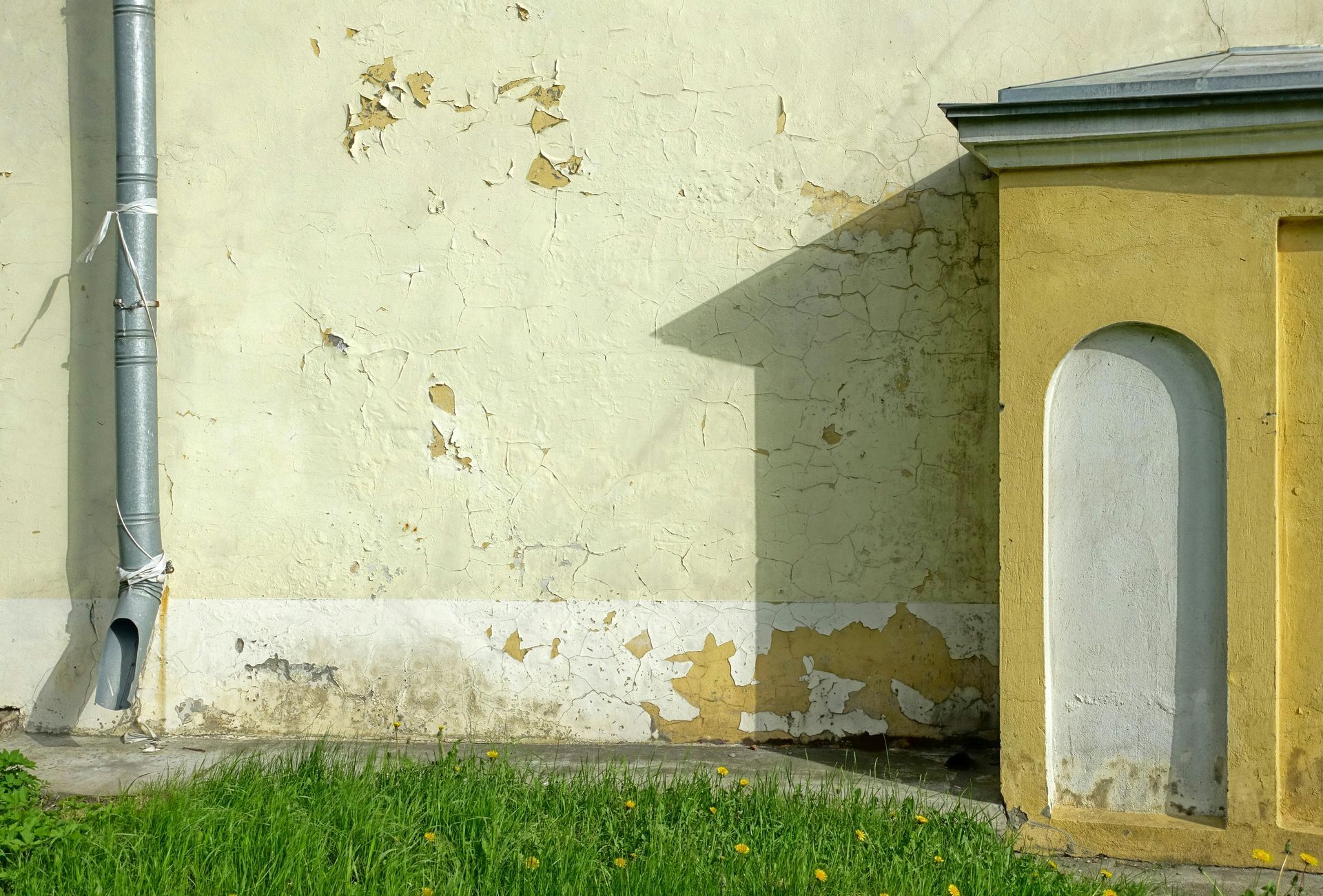
In Jacksonville, where a mix of coastal and modern architectural styles prevail, remodeling your kitchen can significantly enhance your home’s functionality and appeal. Whether you're aiming for a sleek contemporary look or a design that reflects Jacksonville’s breezy vibe, these remodeling ideas will inspire you to transform your kitchen into a modern masterpiece.
Understanding Mold and Its Hazards
Mold is a potential health risk. Learn what makes it dangerous and what conditions allow it to thrive.
What Is Mold and Why Is It Dangerous?
Mold is a fungus that grows in damp, humid environments. Indoors, it thrives on materials like wood, drywall, and fabric. Small amounts of mold are generally harmless, but those with extensive growth can release large quantities of spores into the air. These spores can lead to health problems, including allergies, asthma, and other respiratory issues. In some cases, toxic molds like black mold can pose severe risks.
Common Causes of Mold Growth
Mold needs three things to thrive: moisture, warmth, and a food source (like organic materials). Common causes include:
- Leaking roofs or pipes.
- Flooding or water damage.
- Poor ventilation in damp areas like bathrooms and kitchens.
- High indoor humidity levels.
Understanding these causes can help you tackle the root of the problem and prevent future outbreaks.
Who Should Avoid Mold Cleanup?
Certain people are at a higher risk of health issues from mold exposure and should not participate in cleanup efforts:
- People with Allergies: Mold exposure can aggravate symptoms like sneezing, watery eyes, and rashes.
- Those with Respiratory Conditions: Individuals with asthma, COPD, or chronic bronchitis may experience difficulty breathing around mold.
- Immune-Compromised Individuals: People undergoing treatments like chemotherapy or those with immune system disorders are particularly vulnerable.
If you fall into one of these categories, it’s best to let professionals handle mold remediation.
Essential Steps in Mold Remediation
Tackling mold requires a systematic approach. Follow these steps to ensure effective and lasting remediation.
Assess the Mold Problem
Begin by evaluating the extent of the mold. A professional inspection often involves air quality testing and moisture surveys to pinpoint hidden mold and identify the source of moisture. They’ll create a detailed remediation plan tailored to your specific situation.
Address the Source of Moisture
Mold remediation is futile if the underlying moisture issue isn’t fixed. This could involve repairing leaky pipes, replacing damaged roofing, or improving ventilation in your home. Think of moisture control as the foundation for successful mold prevention.
Isolate Contaminated Areas
Mold spores can spread quickly through the air, so isolating the affected areas is essential. Professionals often:
- Seal off doors and windows with plastic sheeting.
- Use negative air pressure machines to prevent spores from spreading to clean areas.
Remove Damaged and Moldy Materials
Porous items like carpets, drywall, and upholstery often need to be discarded because mold infiltrates deeply into these materials. Non-porous items, such as metal or plastic, can usually be cleaned and reused.
It is advisable to seal moldy items in heavy-duty, airtight bags before disposing of them to prevent further contamination.
Clean and Disinfect
After removing damaged materials, the next step is a deep clean. Professionals use EPA-approved cleaning agents to kill mold on surfaces. Non-porous surfaces can be scrubbed, while items like wooden beams might require sanding or blasting techniques to remove mold.
Encapsulation
This process involves applying special coatings to cleaned surfaces to prevent mold from returning. The area must be completely dry before this step to avoid trapping any residual moisture that could lead to future growth.
Conduct Final Testing
Once cleanup is complete, final air and surface tests confirm that the mold has been effectively removed. Professionals will also inspect humidity levels to ensure the environment is no longer conducive to mold growth.
Restore the Area
Finally, any damaged areas, such as drywall, flooring, or insulation, must be restored. This ensures the space is not only mold-free but also safe and fully functional.
Safety Tips for Mold Cleanup
Protect yourself with the right gear and cleaning methods to minimize risks during mold remediation.
Gear Up for Protection
The body content of your post goes here. To edit this text, click on it and delete this default text and start typing your own or paste your own from a different source.
When dealing with mold, safety is non-negotiable. Ensure you’re properly equipped:
- Respirator: Wear an N95 respirator to filter out harmful mold spores.
- Gloves: Use rubber, nitrile, or vinyl gloves to protect your skin.
- Goggles: Choose sealed goggles to shield your eyes from mold particles.
- Protective Clothing: Cover your skin completely to avoid direct contact with mold.
Cleaning Products
While bleach is a common go-to, it should only be used for non-porous surfaces and never mixed with ammonia. Use a 1:10 bleach-to-water solution or EPA-approved biocides for effective cleaning.
Preventing Mold Recurrence
Taking preventive steps can save you from the headache of future mold infestations. Here are some practical tips:
- Control Humidity: Use a dehumidifier to keep indoor humidity levels below 50%.
- Ventilation: Ensure proper airflow in damp areas like kitchens and bathrooms. Exhaust fans are particularly helpful.
- Fix Leaks Immediately: Whether it’s a dripping faucet or a leaking roof, addressing water issues quickly prevents mold-friendly conditions.
- Regular Inspections: Check for signs of moisture or mold in high-risk areas like basements, attics, and crawlspaces.
Why Professional Mold Remediation Is Recommended
While some mold problems can be managed, others require professional expertise to resolve them safely.
Benefits of Hiring Experts
Mold removal isn’t a DIY project for most cases. Professionals bring:
- Specialized equipment like HEPA vacuums and air scrubbers.
- Expertise to identify hidden mold.
- Safe handling techniques to protect your health and prevent cross-contamination.
What to Look for in a Mold Specialist
When choosing a mold specialist, consider their certifications, experience, and commitment to using industry-standard practices. Positive client reviews and transparent pricing are also important indicators of a trustworthy service.
Sunshine State is a dependable option for mold remediation. Their services include detailed mold inspections, advanced removal methods, and strategies to address underlying moisture issues, helping to prevent future problems. With their experience, you can trust that your property will be restored to a safe and healthy condition.
Conclusion
Mold remediation can feel overwhelming, but it doesn’t have to be. By following these steps and taking precautions, you can handle mold problems effectively and safely. For larger issues, trust the experts. They’ll ensure the job is done right and help you maintain a healthy, mold-free environment for years to come.
